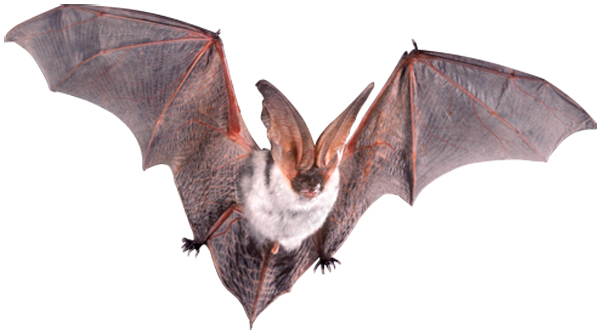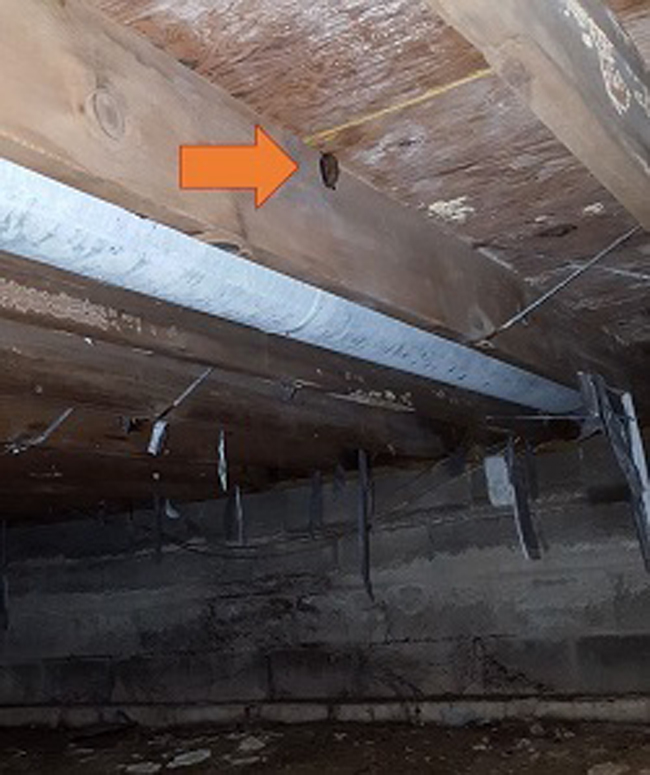Got bats? The DEC wants to check

People aren’t the only living species wanting to crawl into a warm space on a cold winter day.
The New York State Department of Environmental Conservation has discovered that northern long-eared bats on the East End and on Nantucket in Massachusetts have been riding out the winter in crawl spaces of residences.
Because the crawl spaces, especially those partially buried underground, provide the right conditions for the bats to maintain their body heat during their winter hibernation, they have been found with increasing regularity in these areas.
If you’re an East End homeowner interested in assisting the DEC scientists with their research and allowing scientists to crawl around to discover if any bats are harbored in crawl spaces on your property, Kevin Jennings would like to hear from you.
He can be reached by telephone at (631) 444-0307 or by email at [email protected].

White-nose syndrome, a fungal disease, has been killing bats in North America. The animals need to be protected because they eat insects, providing a natural benefit to farmers and foresters, according to various studies, including those done by the U.S. National Park Service, the Washington Department of Fish and Wildlife and White-NoseSyndrome.org.
Researchers estimate bats provide at least $3 billion annually in economic value to society.
Hibernating bats wake up with the fungus on their noses and wings and spread the disease to other bats. They don’t transmit the disease to people, but the fungus can result in the bats developing other diseases, such as rabies, that can be transmitted to people.
Human health is indirectly affected because of the loss of the bats’ insect eating abilities, according to the U.S. National Park Service.
Top photo: A northern long-eared bat (Credit: Courtesy photo)








